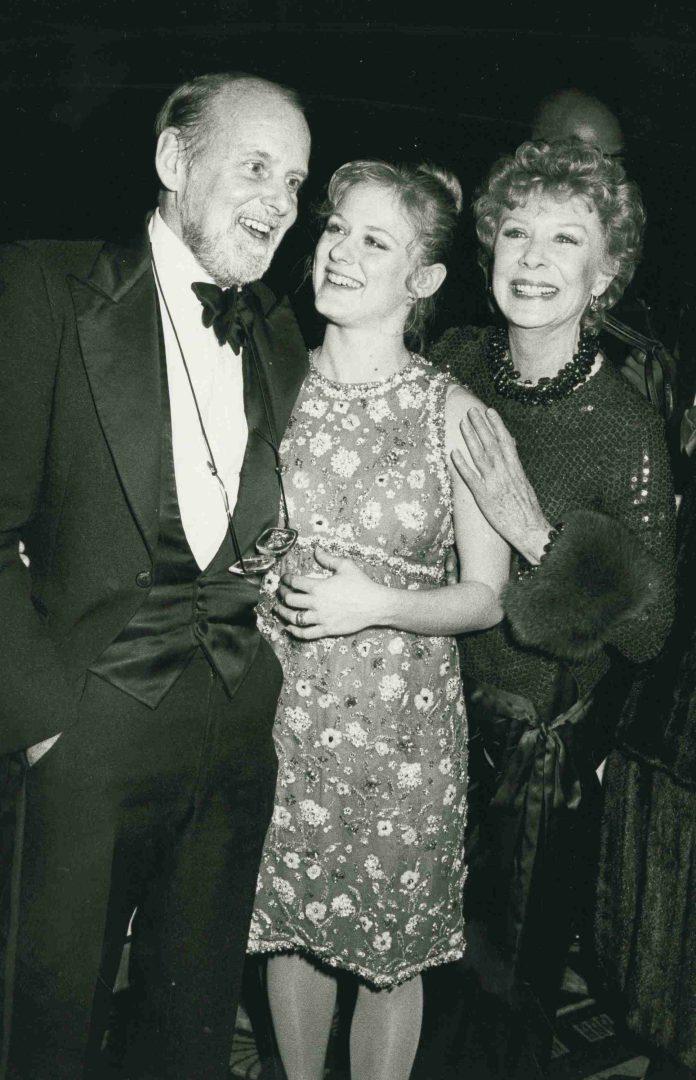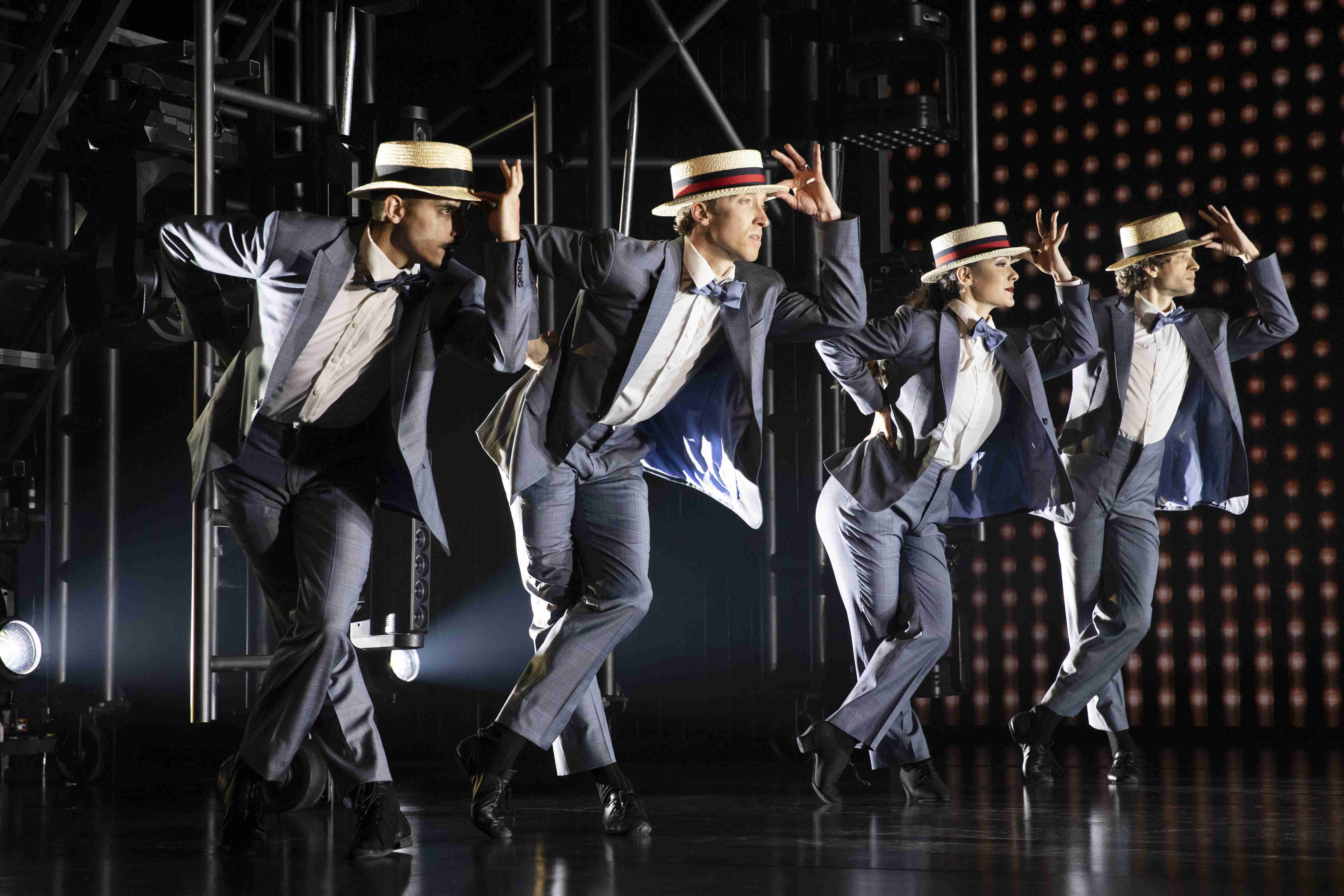Bob Fosse is a name that is synonymous with dance and choreography. He is considered one of the greatest pioneers in the world of entertainment, with his iconic style and signature moves recognized by dancers and audiences alike. From Broadway to Hollywood, Fosse left an indelible mark on the performing arts industry through his unique combination of jazz, ballet, and burlesque elements in his choreography.
Born in 1927 in Chicago, Illinois, Fosse’s passion for dance was evident from a young age. He started taking tap dance lessons at the age of six and went on to study at the American School of Ballet and Fred Astaire Dance Studio. With a natural talent for dance, Fosse quickly rose to become one of the most influential figures in the world of dance and theater. In this article, we will dive into the legacy of Bob Fosse and explore the impact he had on the performing arts scene.
Early Years and Rise to Fame

Childhood Influences and Education
Fosse grew up in a working-class family, with his father being a vaudeville performer and his mother a dancer. His parents’ background heavily influenced Fosse’s love for dance and theater. At a young age, he would often watch his parents perform and mimic their moves, honing his skills and developing his own style.
As a teenager, Fosse began working in local bars and clubs as a dancer and comedian. He also took part in Chicago’s burlesque scene, which played a significant role in shaping his later works. Fosse’s education in dance continued when he joined the American School of Ballet, where he studied under renowned choreographer George Balanchine. Here, Fosse learned various techniques, including classical ballet, which he later incorporated into his choreography.
Early Career in Theater
Fosse’s first professional gig in the entertainment industry was as a dancer in the 1947 Broadway musical “Call Me Mister.” He quickly gained recognition for his unique style and was hired to choreograph his first Broadway show, “The Pajama Game,” in 1954. The show’s success marked the beginning of Fosse’s prolific career as a choreographer on Broadway.
Throughout the 1950s and ’60s, Fosse choreographed several hit shows, including “Damn Yankees,” “How to Succeed in Business Without Really Trying,” and “Sweet Charity.” His signature dance moves, such as the “jazz hands” and “shoulder roll,” became iconic and were often imitated by other dancers. Fosse also introduced a new form of choreography that incorporated unconventional movements, sensual undertones, and burlesque-inspired elements.
Breaking Boundaries in Hollywood

Transition to Film
Fosse’s success on Broadway caught the attention of Hollywood producers, and he made his transition to film in 1969 with the critically acclaimed movie “Sweet Charity.” The film adaptation of his hit Broadway musical earned him an Academy Award nomination for Best Adapted Score.
Fosse continued to push boundaries in Hollywood with his choreography, most notably in the 1972 film “Cabaret.” For this film, he blended traditional jazz and tap dancing with modern elements and created iconic numbers like “Mein Herr” and “Money.” The film went on to win eight Oscars, including Best Director for Fosse.
Directing and Producing
After the success of “Cabaret,” Fosse started to focus more on directing and producing films. In 1974, he co-wrote and directed the semi-autobiographical film “Lenny,” based on the life of comedian Lenny Bruce. The film was a critical success, earning six Oscar nominations.
Fosse’s next directorial venture was the 1979 film “All That Jazz,” which drew inspiration from his own struggles and experiences in the entertainment industry. The film was a commercial and critical success and earned four Oscars, including Best Director for Fosse.
The Fosse Style and Legacy

Unique Choreography
Fosse’s choreography was unlike anything seen before in the world of dance and theater. He blended elements of jazz, ballet, burlesque, and even vaudeville to create a signature style that was both sensual and dynamic. His dances were often provocative, with suggestive movements and costumes, but at the same time, they were technically precise and masterfully executed.
One of Fosse’s most innovative techniques was his use of isolation. He would isolate specific body parts, such as the hands, hips, or shoulders, and move them independently, creating a visually stunning effect. This technique can be seen in many of his iconic numbers, such as “Big Spender” from “Sweet Charity” and “Cell Block Tango” from “Chicago.”
Influence on Pop Culture
Fosse’s influence is not limited to the world of dance and theater. His unique style has permeated popular culture and has been imitated and referenced by countless artists, from Madonna to Beyoncé. His signature moves have become part of our collective memory and continue to inspire dancers and choreographers around the world.
In addition to his impact on dance, Fosse also had a significant influence on the way sexuality and gender were portrayed on stage and screen. He challenged traditional notions of masculinity and femininity, often incorporating elements of drag and gender-bending in his choreography. This was groundbreaking at the time and helped pave the way for more diverse and inclusive representations of gender and sexuality in the performing arts.
Awards and Accolades
Fosse’s contributions to the performing arts have not gone unnoticed. Throughout his career, he received numerous accolades and awards for his work. He won eight Tony Awards for Best Choreography, making him the most awarded choreographer in Broadway history. He also won three Emmys, an Oscar, and a Golden Globe, cementing his status as one of the most versatile and accomplished artists of his time.
Fosse’s Impact on Dance and Theater Today
Continued Relevance in Modern-Day Entertainment
Although Fosse passed away in 1987, his legacy continues to thrive in today’s entertainment scene. His Broadway shows, such as “Chicago” and “Sweet Charity,” are still performed around the world, delighting audiences with their timeless choreography and music.
In addition, the “Fosse style” has become a staple in dance education, with many schools and studios incorporating his techniques and dances into their curriculum. The Fosse Foundation, established by Fosse’s daughter Nicole, continues to preserve and promote his work through workshops, seminars, and scholarships.
Revivals and Adaptations of Fosse’s Work
Fosse’s work has also been revived and adapted for modern audiences. In 1999, a revival of his hit show “Chicago” opened on Broadway, featuring choreography from Ann Reinking, who worked closely with Fosse. The show went on to win six Tony Awards, including Best Choreography for Reinking, who was heavily influenced by Fosse’s style.
In 2002, a film adaptation of “Chicago” was released, directed and choreographed by Rob Marshall. The film received critical acclaim and went on to win six Oscars. In 2019, a new production of “Chicago” opened on Broadway, featuring the original Fosse choreography and direction.
A True Master of Dance and Choreography
Bob Fosse’s impact on the performing arts industry is immeasurable. He revolutionized the way dance was perceived and created a signature style that continues to inspire and influence artists today. From Broadway to Hollywood, Fosse’s legacy lives on through his iconic choreography and unique vision.
His contributions to dance and theater have not only shaped the entertainment industry but also challenged societal norms and paved the way for more diverse and inclusive representations of gender and sexuality. Fosse’s legacy will continue to be celebrated and honored for generations to come, as he remains a true master of dance and choreography.



